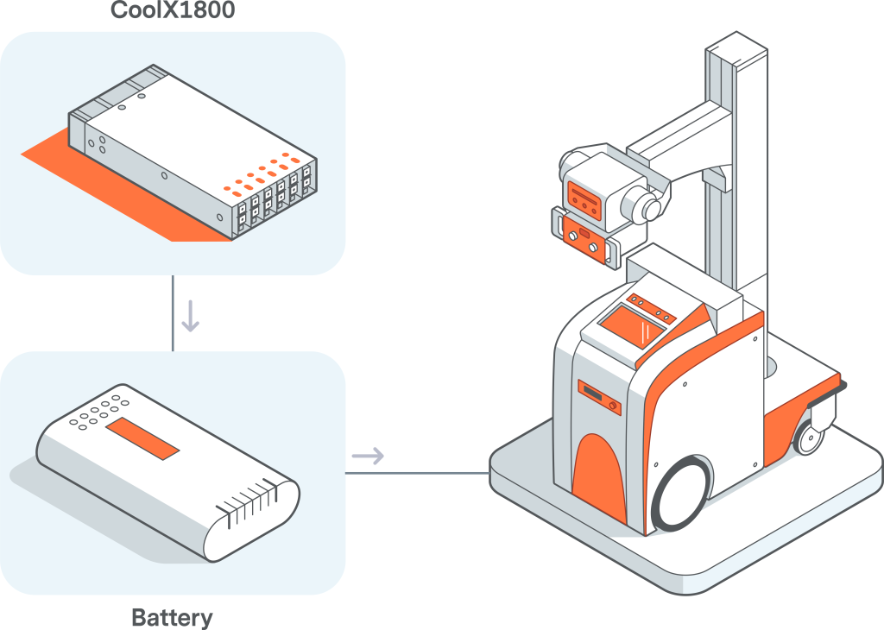Cybersecurity, IoT and the Changing Production Landscape
Veröffentlicht Januar 09, 2019 von Tom Karlicek
IoT technology is quickly becoming ubiquitous in every aspect of daily life. IoT devices range from simple temperature or pressure sensors to microphones, cameras and location and motion sensors. But they are not only present in consumer devices; they run the global infrastructure.
Remotely monitored sensors and actuators are an integral part of the global infrastructure in applications including the electric power distribution (the grid), water testing and treatment, natural gas distribution, petroleum processing and transport, chemical manufacturing process control, transportation systems control (air, rail, light-rail, vehicle traffic) and port operations and security (Cynthia Wright, MEMS & Sensors Executive Conference Oct. 2018).
In a September 2018 NEXTGOV article, John Breeden II pointed out that “the billions of tiny devices that make up the internet of things have effectively spread to every corner of the globe and […] They are even starting to appear in our top military technology and deep in our manufacturing processes. Although individually limited in function, they easily combine into huge data-collecting networks that provide insights that were never before possible to visualize. But they are also extremely vulnerable to attack.”
As noted in an ISACA survey in 2015, 63 percent of respondents said that workplace IoT devices have reduced employee privacy and 72 percent of consumers believed that IoT device manufactures do not implement sufficient security controls. As anticipated, the number of security breaches and hacks have ramped significantly – with a record number of breaches reported in 2017.
The level of concern about sharing personal/professional data and its security appears to be changing. A study asked U.S. consumers about their comfort level in sharing their health information with Amazon and the results were surprising (if not scary), at least to me. Those that were either extremely comfortable or very comfortable with sharing the data was as follows: prescription drug data (28 percent), family health history (24 percent), health exam results (25 percent) and genomic data (22 percent). This data paradigm shift will influence what data is gathered, if/how it can be shared and with whom and ultimately, how it can and should be protected. This cavaliere approach around data’s value and importance will drive both industries and governments alike to track and control the creation, storage and processing of the data. These surveillance efforts will permeate the workplace, public venues and eventually, the home.
Many experts believe that critical security and encryption capabilities must be designed into the IoT devices and even directly into the microchips themselves. An equally critical aspect of security for the myriad IoT devices is the need to regularly update their firmware and drivers. Advanced Energy is playing a leading role in enabling designers and manufacturers of leading-edge memory and logic devices as well as a broad range of sensor technologies to deploy ever-more sophisticated artificial intelligence (AI) algorithms and encryption schemes to address the security needs across the broad spectrum of IoT devices, applications and related services.


